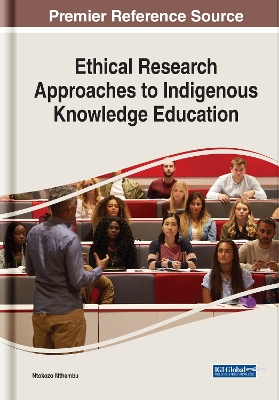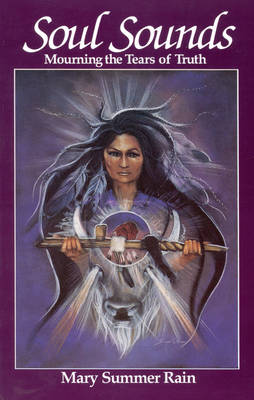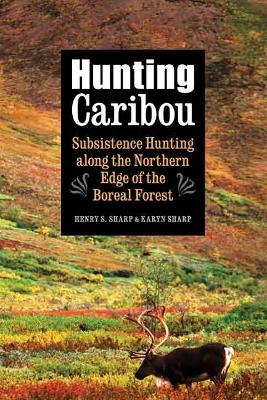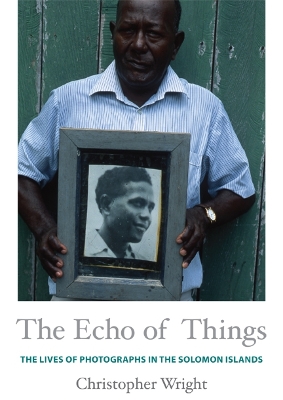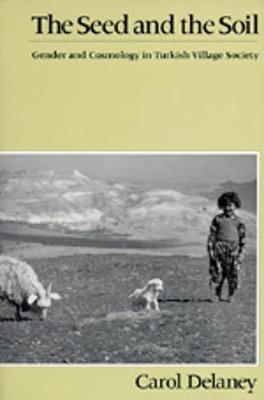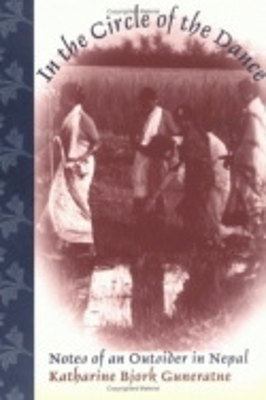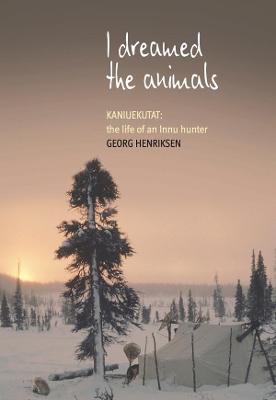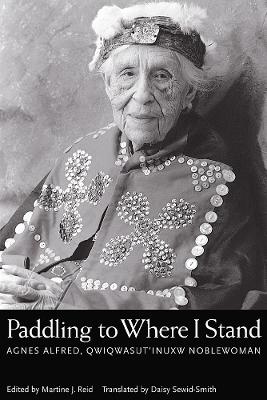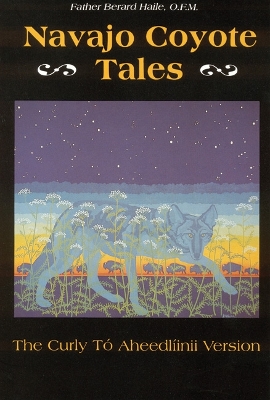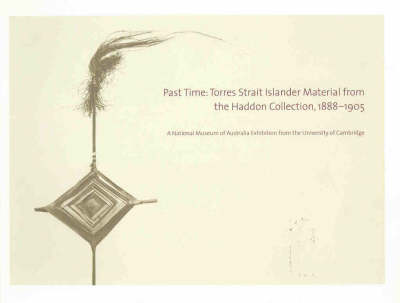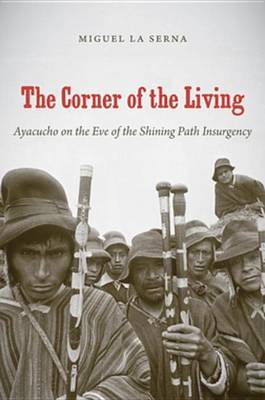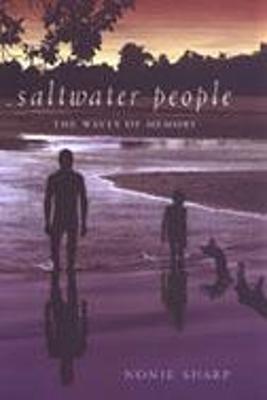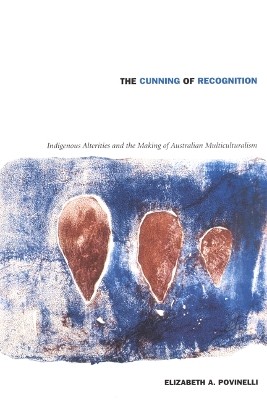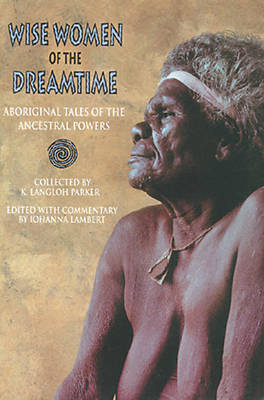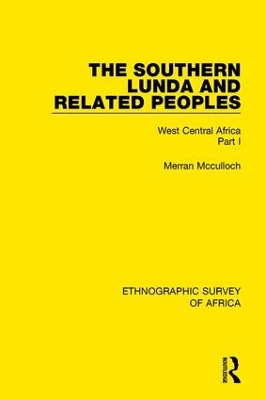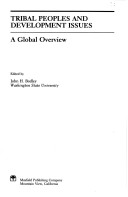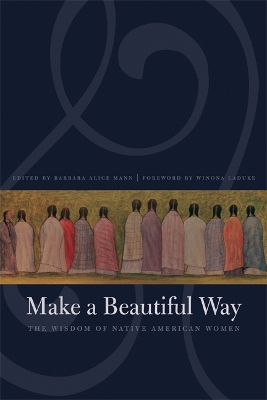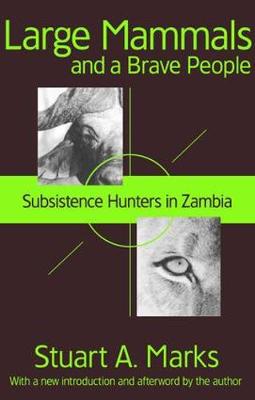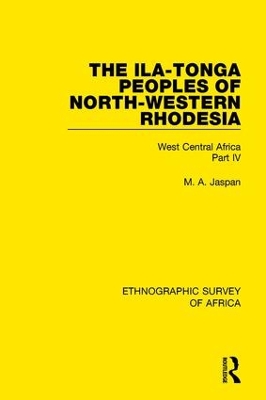South Africa’s recent higher education protests around fees and decolonizing institutions have shone a spotlight on important issues and inspired global discussion. The educational space was the most affected by clashes between languages and ideas, the prioritizing of English and Afrikaans over indigenous African languages, and the prioritizing of Western medicine, literature, arts, culture, and science over African ones. Ethical Research Approaches to Indigenous Knowledge Education is a cutting...
Denésuliné hunters range from deep in the Boreal Forest far into the tundra of northern Canada. Henry S. Sharp, a social anthropologist and ethnographer, spent several decades participating in fieldwork and observing hunts by this extended kin group. His daughter, Karyn Sharp, who is an archaeologist specializing in First Nations Studies and is Denésuliné, also observed countless hunts. Over the years the father and daughter realized that not only their personal backgrounds but also their discip...
The Echo of Things is a compelling ethnographic study of what photography means to the people of Roviana Lagoon in the western Solomon Islands. Christopher Wright examines the contemporary uses of photography and expectations of the medium in Roviana, as well as people's reactions to photographs made by colonial powers in the late nineteenth and early twentieth centuries. For Roviana people, photographs are unique objects; they are not reproducible, as they are in Euro-American understandings of...
The Seed and the Soil (Comparative Studies on Muslim Societies, #11)
by Carol Delaney
How do the metaphors we use to describe procreation affect our view of the relative worth of each gender? Carol Delaney discloses the powerful meanings condensed in the seemingly innocent images of "seed" and "soil." Drawing on her work in a small Turkish village of Sunni Muslims, she shows us that the images are categorically different, hierarchically ordered, and unequally valued. The ways in which the creation of a child is understood in Turkey furnish a key to understanding a whole range of...
This ethnology follows the lives of the Canela Indians of Barra do Corda, Maranhao, Brazil from 1890s to the present. Based on more than five collective years of fieldwork since 1957, it relates how this surviving nation of the Timbira group has retained its traditional culture, including an elaborate bonding system of kinship, ritual, meetings, complex festivals and sex. This case study challenges western conceptions of socialization for sex as well as adult sexual behaviour. Features: * Provi...
Feeling initially aimless and out of place in rural Nepal where she accompanied her anthropologist husband for a year of fieldwork, Katharine Bjork Guneratne turned to writing to make sense of her sojourn in the shadow of the Himalaya. The resulting book is both an acute portrait of a village and an intimate account of her struggles to adapt to a different way of life. Like the best cultural travel narratives, In the Circle of the Dance draws on the author's experiences to illuminate both exteri...
An analysis of the realities of everyday life for Okanagan Indians on a reserve near Vernon. Carstens applies the peasant model to the study of reserve systems and finds significant correlations. Questions of class, status, power, and institutionalized inequality also come into play.
This is Kaniuekutat's book. In it, he tells the story of his life and that of Innu culture in the northern parts of Labrador. The pages of this book are filled with the voice of Kaniuekutat giving his account of an Innu hunter's life and the problems and distress that have been caused by sedentarization and village life. Kaniuekutat invites us to see Innu society and culture from the inside, the way he lives it and reflects upon it. He was greatly concerned that young Innu may lose their tradi...
Paddling to Where I Stand
The Kwakwakawakw people and their culture have been the subject of more anthropological writings than any other ethnic group on the Northwest Coast. Until now, however, no biography had been written by or about a Kwakwakawakw woman. Paddling to Where I Stand presents the memoirs of Agnes Alfred (c.1890-1992), a non-literate noble Qwiqwasutinuxw woman of the Kwakwakawakw Nation and one of the last great storytellers among her peers in the classic oral tradition. Agnes Alfred documents through my...
Coyote is easily the most popular character in the stories of Indian tribes from Canada to Mexico. This volume contains seventeen coyote tales collected and translated by Father Berard Haile, O.F.M., more than half a century ago. The original Navajo transcriptions are included, along with notes. The tales show Coyote as a warrior, a shaman, a trickster; a lecher, a thief; a sacrificial victim, and always as the indomitable force of life. He is the paradoxical hero and scamp whose adventures insp...
Between 1945 and 1985, Michel Huet travelled Africa in a quest to photograoh African life. He recorded the scenery, the animal and plant life, and the people. This book contains a selection of his photographs that focus on the ritual dances that are an intrinsic part of the African tribal culture. Taken over a period of 40 years, these photographs depict the dances and ceremonial rituals of 50 separate tribes throughout the African continent. The colours and details of the costumes and accessori...
The Corner of the Living (First Peoples: New Directions in Indigenous Studies)
by Miguel La Serna
Peru's indigenous peoples played a key role in the tortured tale of Shining Path guerrillas from the 1960s through the first decade of the 21st century. The villagers of Chuschi and Huaychao, high in the mountains of the department of Ayacucho, have an iconic place in this violent history. Emphasising the years leading up to the peak period of violence from 1980 to 2000, when 69,000 people lost their lives, Miguel La Serna asks why some Andean peasants chose to embrace Shining Path ideology and...
In traditional Maori knowledge, the weather, birds, fish and trees, sun and moon are related to each other, and to the people of the land, the tangata whenua. It is truly an interconnected world - a vast family of which humans are children of the earth and sky, and cousins to all living things. In this richly illustrated book, Maori scholars and writers share the traditional knowledge passed down the generations by word of mouth. It provides a unique window on the relationship of the people of t...
In October of 2001, the Australian High Court confirmed aboriginal title to two thousand kilometres of ocean off the north coast. The decision, which was the result of a seven-year court battle, highlighted aboriginal belief that the sea is a gift from the creator to be used for sustenance, spirituality, identity, and community. This evocative study of the people of northern coastal Australia and their sea worlds illuminates the power of human attachment to place.Saltwater People: The Waves of M...
The Cunning of Recognition (Politics, History, and Culture)
by Elizabeth A. Povinelli
The Cunning of Recognition is an exploration of liberal multiculturalism from the perspective of Australian indigenous social life. Elizabeth A. Povinelli argues that the multicultural legacy of colonialism perpetuates unequal systems of power, not by demanding that colonized subjects identify with their colonizers but by demanding that they identify with an impossible standard of authentic traditional culture. Povinelli draws on seventeen years of ethnographic research among northwest coast ind...
The Southern Lunda and Related Peoples (Northern Rhodesia, Belgian Congo, Angola)
by Merran McCulloch
Routledge is proud to be re-issuing this landmark series in association with the International African Institute. The series, published between 1950 and 1977, brings together a wealth of previously un-co-ordinated material on the ethnic groupings and social conditions of African peoples. Concise, critical and (for its time) accurate, the Ethnographic Survey contains sections as follows: Physical Environment Linguistic Data Demography History & Traditions of Origin Nomenclature Grouping...
This collection of 39 articles is the most complete historical and contemporary overview of anthropology and development available in a single volume.
Make a Beautiful Way
Make a Beautiful Way is nothing less than a new way of looking at history—or more correctly, the reestablishment of a very old way. For too long, Euro-American discourse styles, emphasizing elite male privilege and conceptual linearity, have drowned out democratic and woman-centered Native approaches. Even when myopic western linearity is understood to be at work, analysis of Native American history, society, and culture has still been consistently placed in male custody. The recovery of women’s...
The Valley Bisa people inhabit the Luangwa Valley in central Zambia. Among them, the hunter, who tracks such large game as the lion, elephant, and buffalo, commands great respect and esteem from the other members of the lineage who traditionally rely on him for their subsistence and protection. Although the social organization and technology of the Bisa people have undergone tremendous change in the last one hundred years, the role of hunter retains its social importance, and the legitimizing hu...
Routledge is proud to be re-issuing this landmark series in association with the International African Institute. The series, published between 1950 and 1977, brings together a wealth of previously un-co-ordinated material on the ethnic groupings and social conditions of African peoples. Concise, critical and (for its time) accurate, the Ethnographic Survey contains sections as follows: Physical Environment Linguistic Data Demography History & Traditions of Origin Nomenclature Grouping...
